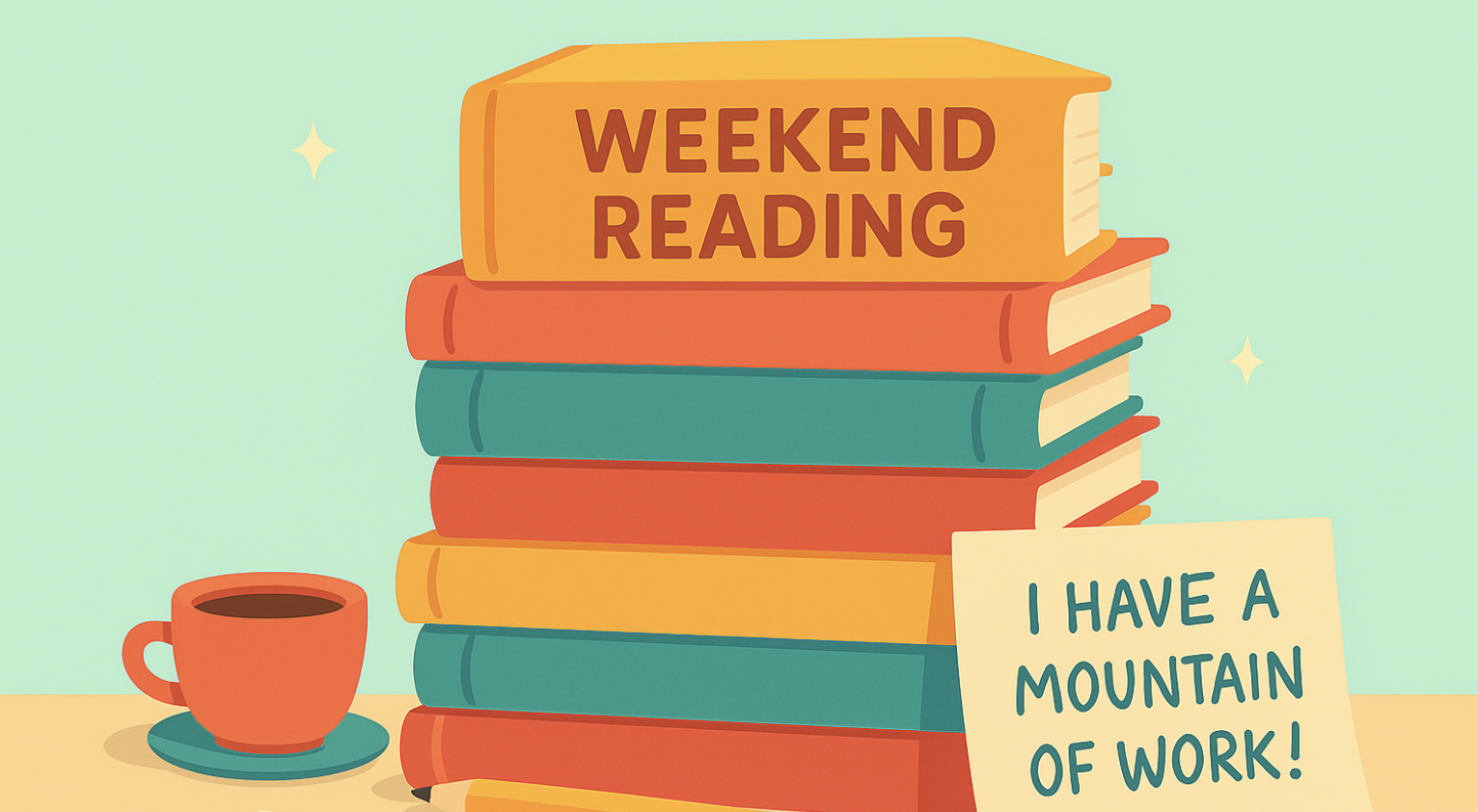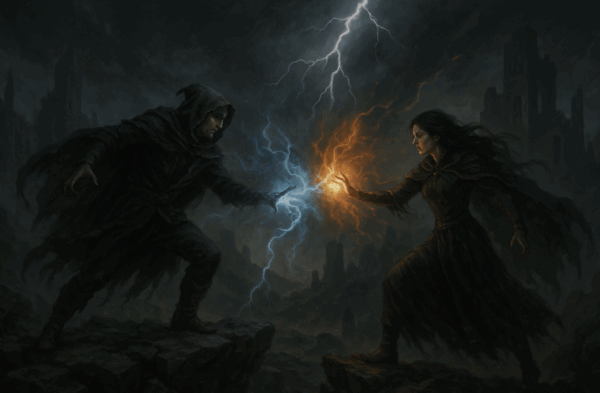Ever read a book or hear someone speak, and suddenly, they reference something so familiar that it adds a whole new layer to the conversation? That’s the beauty of an allusion. But what does it mean? And why is it so powerful? If you’ve ever heard someone say “It’s like the Titanic all over again” or called someone a “real-life Romeo,” you’ve already encountered an allusion.
At its simplest, an allusion is a subtle reference to something well-known—whether it’s a classic piece of literature, a historical event, or even something from modern pop culture. In allusion definition literature, it’s a tool that writers use to layer meaning, adding depth to their stories without needing to over-explain. Think of it like giving readers a shortcut to understanding complex themes. In fact, allusion included sentences demonstrate just how powerful this technique can be, allowing a single reference to convey a wealth of meaning.
In this article, we’ll explore what allusions are, why they’re so effective, and how you can use them to enrich your writing. Ready to master the art of allusion? Let’s get started!
Allusion Definition in Literature: What Is an Allusion?
An allusion is a brief reference to something outside the text—often a well-known person, event, or work of art—that adds depth to a narrative. It allows the writer to convey complex ideas quickly without needing a lengthy explanation, relying on the reader’s prior knowledge to fill in the gaps. For example, when someone says, “He’s the next Einstein,” the allusion to Albert Einstein immediately conveys intelligence without needing further explanation. This is how allusions work: they communicate complex ideas through shared cultural knowledge.
In allusion examples sentences in literature, authors use allusions strategically to enrich the story. Writers draw on cultural, historical, or literary references to create deeper layers of meaning. Instead of explaining a theme or concept in detail, authors can simply reference something familiar to the reader, allowing them to connect with the narrative on a more profound level. For example, an allusion in a sentence can take the form of a subtle reference to Shakespeare, helping to set the tone or convey a deeper message.
Allusions function as literary shortcuts—they allow writers to convey complex themes efficiently and connect readers to broader cultural contexts. By drawing on shared knowledge, allusions can make writing more layered and nuanced, offering a richer experience for the reader.
50 Allusion Examples in Sentences
Allusions are a powerful way to add depth and meaning to your writing. By referencing familiar figures, events, or cultural icons, you can instantly create connections with your readers, enriching your message without lengthy explanations. Below are examples of allusion sentences grouped by category, demonstrating how allusions can enhance storytelling and make your writing more impactful.
Historical Allusions
- “The company’s leadership was as flawed as Caesar’s, filled with betrayal and ambition.”
- “The protestors were like The Boston Tea Party, challenging the system with bold action.”
- “The project was a complete failure, like the fall of the Berlin Wall—something that seemed unthinkable, but inevitable.”
- “He was the Napoleon of the business world, conquering every challenge in his path.”
- “Their rise to power was as unexpected as the French Revolution, a sweeping change that shocked the world.”
- “The situation was like Hannibal crossing the Alps, an unexpected and difficult challenge.”
- “His speech had the power of Martin Luther King Jr.’s ‘I Have a Dream’ address, stirring the hearts of the crowd.”
- “The scandal spread like wildfire, impossible to contain.”
💡 Did you know that using just one allusion in a sentence can instantly connect your writing to centuries of history, literature, or pop culture?
Literary Allusions
- “He was as stubborn as Odysseus, never abandoning his quest no matter the danger.”
- “Their love story was like a modern-day Romeo and Juliet, full of forbidden passion and tragic consequences.”
- “The artist was the Da Vinci of our time, a genius in his field.”
- “The movie was a Frankenstein of ideas, stitched together from different genres.”
- “He was like Sherlock Holmes, solving the case faster than anyone could catch up.”
- “The project felt like Sisyphus’s burden—constantly uphill, never reaching the summit.”
- “Her ambition was like Lady Macbeth’s, driven by power and a hunger for control.”
- “He fought for justice like Atticus Finch, standing firm in his beliefs.”
- “Their relationship was a Cinderella story—an underdog triumphing against the odds.”
- “The situation was a Greek tragedy, full of suffering and inevitable doom.”
Mythological Allusions
- “He faced his challenges with the strength of Hercules, never backing down.”
- “Her courage was as unwavering as Joan of Arc’s, leading the charge without hesitation.”
- “She had the patience of Job, never complaining even when things got tough.”
- “Their love was as fleeting as Phaethon’s ride, burning bright for a moment before crashing.”
- “The storm was like Noah’s flood, relentless and all-consuming.”
- “He was as greedy as King Midas, turning everything he touched into gold.”
- “He was the Hercules of the team, lifting everyone up with his strength and determination.”
- “The project was as risky as Icarus’s flight too close to the sun.”
- “He had the wisdom of Solomon, offering fair judgment in even the most difficult cases.”
- “She was as independent as Athena, relying on her wisdom and strength.”
- “She’s the Joan of Arc of the company, always leading with conviction and courage.”
- “He was as stubborn as Odysseus, never abandoning his quest no matter the danger.”
Pop Culture Allusions
- “Her voice was as sweet as Adele’s, filling the room with warmth.”
- “Their team’s success was like the rise of the Phoenix, rising from the ashes of their previous failures.”
- “She has the grace of Audrey Hepburn, effortlessly moving through life with elegance.”
- “He was a real-life Sherlock Holmes, solving mysteries faster than anyone else.”
- “He was as charming as James Bond, always the center of attention in any room.”
- “The company’s success story was like the Apple revolution, changing the game entirely.”
💡 Did you know that Shakespeare used over 1,200 allusions in his works—making him one of the most referenced authors in allusion examples sentences?
Biblical Allusions
- “He was as wise as Solomon, knowing exactly what to do in every situation.”
- “The scandal was like David and Goliath, an underdog facing a giant and emerging victorious.”
- “He handled the situation with the patience of Job, remaining calm despite all the chaos.”
- “Her love for him was as pure as Tristan and Isolde’s.”
- “She had the grace of Esther, knowing when to act and when to speak up.”
- “They were the Prodigal Sons, returning to the fold after years of wandering.”
- “Their marriage was like The Great Gatsby’s, full of wealth but lacking in true happiness.”
- “The competition was as fierce as The Hunger Games, where only the strongest survived.”
- “She’s the Cinderella of the office, going from intern to CEO in just a few years.”
- “The meeting was a real Titanic disaster—everything that could go wrong, did.”
- “That movie was a Star Wars experience—out of this world!”
- “He had the heart of a lion, fearless in the face of adversity.”
Other Allusions
- “His charm was as intoxicating as Cleopatra’s, captivating everyone around him.”
- “The city was a Babylon, full of chaos and confusion.”
Famous Literary Figures Who Mastered Allusions
Many renowned authors have skillfully used allusions to add depth and meaning to their works. Here’s how some of the most famous figures have utilized this technique, along with allusion examples sentences to illustrate their impact
William Shakespeare
Shakespeare often referenced classical mythology and historical events to enrich his plays. In Julius Caesar, for example, his reference to Roman history deepens the themes of power and betrayal, invoking the reader’s knowledge of the fall of great leaders.
James Joyce
In Ulysses, Joyce draws a parallel between Leopold Bloom and Homer’s Odysseus, linking the modern journey of Bloom to the ancient hero’s quest. This allusion provides cultural depth, making the story resonate on multiple levels.
T.S. Eliot
T.S. Eliot’s The Waste Land is filled with allusions to works like the Bible and Dante’s Divine Comedy. These references help convey the spiritual and cultural decay of the post-WWI world, inviting readers to interpret the poem from various cultural perspectives.
Virginia Woolf
In Mrs. Dalloway, Woolf uses allusions to Shakespeare’s Hamlet and references to historical events like World War I to deepen the exploration of themes like memory, identity, and time.
Why These Allusions Matter
By studying how these authors used allusions, we can see how they enrich stories by:
- Creating connections to broader cultural, historical, or literary contexts.
- Enhancing themes with layers of meaning.
- Inviting readers to interpret deeper messages and ideas.
Mastering the use of allusions, like these authors, can add complexity and resonance to your writing with just a few well-chosen references. For example, using an allusion in a sentence can instantly deepen the meaning and connect readers to a wider cultural context.
💡 Did you know that an allusion doesn’t need to be obvious? Even subtle phrases like “opening Pandora’s box” count as allusion examples sentences!
The Benefits of Allusions in Writing and Speech
Allusions are more than just clever references; they’re a powerful tool that can enhance storytelling, persuasion, and clarity. Here’s why allusions are so effective in both writing and speech:
- Enhance Storytelling: Allusions add depth and richness to a narrative without over-explaining. A well-placed allusion can instantly bring to mind an entire story or theme, allowing the writer to evoke complex emotions and ideas with a single reference. For example, referencing a Greek tragedy can instantly convey a sense of doom or inevitable fate without needing to elaborate.
- Boost Persuasion: In persuasive writing or speeches, allusions to historical events or well-known figures can strengthen an argument by invoking shared cultural values. For instance, quoting Martin Luther King Jr. or referencing The Constitution can add authority and moral weight to an argument.
- Increase Clarity: Allusions help clarify ideas by relating complex concepts to something familiar. If you’re writing about ambition and refer to Macbeth, your reader already understands the consequences of unchecked ambition without you needing to spell it out in detail. It makes your writing more concise and impactful.
In essence, allusions can make your communication more efficient, engaging, and relatable. They connect readers to a deeper understanding with fewer words, enriching both the emotional and intellectual experience of the text.
Your Publishing Journey Awaits – Start NowHow to Use Allusions Effectively in Writing
Allusions are a powerful tool, but using them effectively requires some strategy. Here are some key tips for incorporating allusions into your writing:
- Choose Familiar References: Make sure your allusions are recognizable to your audience. If you’re writing for a general audience, use well-known allusions to literature, history, or pop culture. For example, referencing Shakespeare or Einstein is likely to be understood by most readers.
- Match the Context: Allusions should enhance the tone of your writing. For formal or academic writing, you might choose references to classic literature or historical events. In more casual settings, references to pop culture or modern figures might be more effective.
- Don’t Overuse Them: While allusions are powerful, too many can clutter your writing. Use them sparingly to keep their impact strong. Each allusion should add value and layer to the story or argument.
- Make Sure They Fit the Theme: An allusion works best when it reinforces the theme or message of your piece. For example, referencing Macbeth in a piece about ambition can deepen the reader’s understanding of the dangers of unchecked power.
- Provide Enough Context: If the allusion isn’t widely recognized or is somewhat obscure, consider giving a brief explanation. You don’t want your reader to miss the connection, but be careful not to over-explain.
By following these tips, you can effectively use allusions to enrich your writing, adding layers of meaning and making your work more engaging and relatable.
Conclusion: Mastering Allusions for Better Communication
Allusions are a powerful tool in both writing and speech, offering a way to add depth, context, and meaning with just a few words. By referencing well-known people, events, or works of art, you can engage your audience, evoke emotions, and communicate complex ideas efficiently. Whether you’re crafting a novel, delivering a persuasive speech, or simply telling a story, allusion examples sentences in literature show how this technique can make your writing more dynamic and relatable.
Remember, the key to using allusions effectively is balance: use them sparingly, choose references your audience will recognize, and ensure they fit seamlessly into your message. With these tips in mind, you’ll be able to harness the full potential of allusions to elevate your communication and make your words resonate more deeply.
💡 Did you know that allusion examples sentences are commonly used in everyday language—like calling someone a “Scrooge” to imply they’re stingy?
FAQs – Allusion Examples
Q1: What are 5 examples of allusion in sentences?
- “She has the patience of Job, never complaining even when things get tough.” (Allusion to the biblical figure Job, symbolizing patience in the face of suffering.)
- “His story is like a modern-day Romeo and Juliet, full of love and tragedy.” (Allusion to Shakespeare’s Romeo and Juliet, symbolizing a doomed love affair.)
- “The company’s downfall was like the Titanic, a disaster waiting to happen.” (Allusion to the sinking of the Titanic, representing inevitable failure.)
- “He’s the Einstein of the team, solving complex problems with ease.” (Allusion to Albert Einstein, symbolizing intelligence and brilliance.)
- “Her charm was as captivating as Cleopatra’s, effortlessly drawing people in.” (Allusion to Cleopatra, symbolizing beauty and charisma.)
Q2: What is an example of an allusion in a movie?
In the movie The Matrix, the character Neo is a direct allusion to Neo in Greek, meaning “new.” He is the “one” who will bring change, much like the mythological figure The One in ancient mythologies. This allusion enhances the themes of destiny and transformation in the movie. This is just one of many examples of allusion sentences in film, where a character or event subtly references a broader cultural or mythological concept.
Q3: What are the 3 most common allusions?
- Biblical Allusions: References to stories or figures from the Bible, like David and Goliath, represent courage or overcoming obstacles.
- Shakespearean Allusions: References to Shakespeare’s works, such as Hamlet, represent themes of fate, death, or tragedy.
- Mythological Allusions: References to Greek or Roman mythology, like Hercules, symbolize strength and endurance.
Q4: What is an example of an allusion in Romeo and Juliet?
In Romeo and Juliet, Shakespeare uses the allusion of Diana, the Roman goddess of chastity, to describe Juliet’s purity. In Act 1, Scene 1, Romeo refers to Juliet as a “bright angel” and compares her to the goddess, symbolizing her beauty and innocence.
Q5: How do you write an allusion?
To write an allusion, you simply reference something outside the text that your audience will recognize, be it from history, literature, or popular culture. For example, in writing about someone very clever, you might say, “She’s the Einstein of the group,” using a well-known figure to imply intelligence.
Q6: What is an example of an allusion in literature?
In Moby-Dick, Captain Ahab’s obsession with the white whale is an allusion to Achilles, a Greek hero known for his unrelenting pursuit of vengeance. Both characters are driven by a single-minded goal, leading to their eventual downfall.
Q7: What is an allusion in 4th grade?
For 4th graders, an allusion can be a reference to something simple and recognizable, like Cinderella. For instance, an allusion in a sentence might be: “Her story was like Cinderella’s, going from a lowly position to success.” This helps young readers understand the comparison without requiring too much background knowledge.
Q8: How do you identify an allusion?To identify an allusion, look for a reference to something outside the immediate text, like a famous person, event, or cultural symbol. If the text refers to something well-known, and you can recognize the reference without it being explained in detail, it’s likely an allusion. For example, a reference to “a modern-day Sherlock Holmes” would be an allusion to the famous detective from the books of Arthur Conan Doyle.








